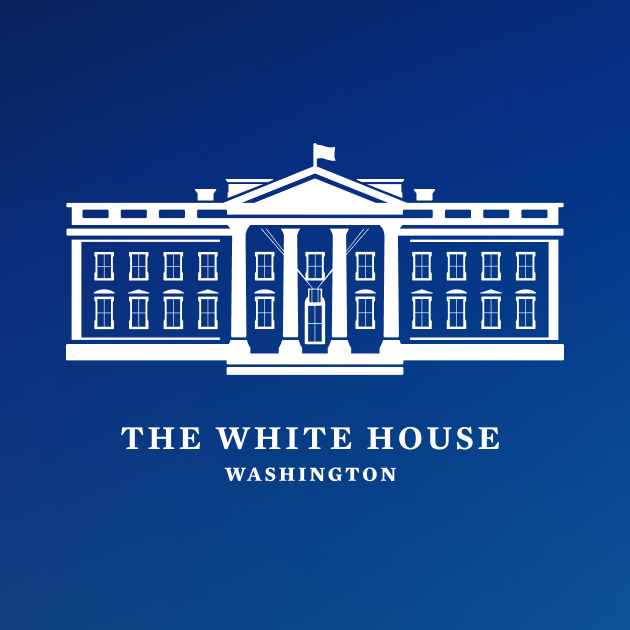Biden Administration Releases FY25 Budget

The Biden – Harris Administration earlier today released its Fiscal Year 2025 (FY25) budget request. This blog highlights several items of particular interest for HFAs and their partners. NCSHA’s comprehensive analysis of the budget’s housing proposals and our updated budget chart also are available.
New Mandatory Affordable Housing Programs
In addition to $72.6 billion in discretionary budget authority for the Department of Housing and Urban Development (HUD), the administration proposes a further $185 billion in mandatory spending for affordable housing investments over 10 years, including $81.3 billion for HUD programs, intended to stimulate housing supply, increase opportunities for homeownership, support low-income renters, and prevent homelessness. A breakdown of these proposed mandatory programs is as follows:
- $20 billion for an Innovation Fund for Housing Expansion to provide grants to states, local communities, tribes, and other entities to expand housing supply, promote homeownership, and lower rental costs.
- $13.1 billion to provide housing vouchers to all extremely low-income (ELI) veterans.
- $7.5 billion in new project-based rental assistance (PBRA) to support housing production for ELI households.
- $7.5 billion for rehabilitation and redevelopment to preserve distressed public housing.
- $10 billion for a first-generation down payment assistance (DPA) program.
- $9.2 billion to make housing vouchers available to all youth aging out of foster care.
- $8 billion in additional homelessness assistance grants.
- $3 billion for competitive grants for initiatives intended to prevent evictions.
- $3 billion for emergency rental assistance for older adults at risk of homelessness.
Discretionary HUD Programs
- HOME Investment Partnerships Program: The FY25 budget requests $1.25 billion for the HOME program, equal to the FY24 enacted level but less than the president’s request in FY24. This amount includes a proposed $50 million set-aside for a down payment assistance pilot program, FirstHOME, for first-generation and/or low-wealth home buyers.
- Project-Based Rental Assistance: The FY25 budget requests $16.7 billion for PBRA to support full renewal of existing contracts, compared to $16 billion enacted in FY24.
- Tenant-Based Rental Assistance (TBRA)/Housing Choice Voucher Program: The FY25 budget requests $32.8 billion for TBRA, sufficient for full renewal of all existing vouchers plus $241 million for approximately 20,000 new incremental vouchers.
- Homeless Assistance Grants: The FY25 budget requests $4.1 billion for Homeless Assistance Grants, essentially equal to the amount enacted in FY24.
- Housing Counseling Assistance: The FY25 budget requests $57.5 million for Housing Counseling Assistance, equal to the FY24 enacted level.
Revenue Proposals
The revenue proposals that accompany the president’s budget (commonly referred to as the “Green Book”) include several of NCSHA’s top priorities to increase the supply of affordable housing financed with the Housing Credit and ensure existing Housing Credit developments remain affordable for the full development-specific extended use period. Specifically, the budget would:
- Provide states the greater of $4.37 per capita or $5,039,154 for 9 percent Housing Credit authority in 2025, which would rise to the greater of $4.99 per capita or $5,754,271 in 2026, and index those amounts for inflation thereafter.
- Reduce the bond financing threshold to 25 percent (from the 50 percent threshold under current law) for 4 percent Housing Credit buildings placed in service after December 31, 2024.
- Repeal the statutory qualified contract provision for future developments while establishing a purchase price of fair market value for existing properties that retain the qualified contract right.
- Replace the Housing Credit’s Right of First Refusal (ROFR) with a safe harbor purchase option for future properties. The administration also commits to working with Congress to develop an approach to the ROFR agreements in existing properties.
The Green Book also calls for another of NCSHA’s top tax priorities: the establishment of a Neighborhood Homes Investment Credit to promote new construction or substantial rehabilitation of affordable, owner-occupied housing located in distressed neighborhoods.
The administration estimates the Housing Credit provisions would cost $37 billion over 10 years and the new Neighborhood Homes Investment Credit would cost $19 billion over the same period.
In addition, the Green Book proposes two new tax credits designed to help low- and middle-income families purchase homes: a Mortgage Relief Credit to provide first-time home buyers with an annual tax credit of $5,000 a year for two years and a one-year tax credit of up to $10,000 for middle-class families who sell their home to another owner-occupant.
USDA Rural Housing Program Funding Highlights
- Section 502 Single-Family Loan Programs: The FY25 budget requests $1.25 billion for the Section 502 Single-Family Direct Loan Program, an increase from $880 million enacted in FY24. The Section 502 Single-Family Guaranteed Loan Program would receive $30 billion, higher than the $25 billion enacted in FY24.
- Section 515 Direct Rental Housing Program: The FY25 budget requests $70 million for the Section 515 Direct Rental Housing Program, up from $60 million enacted in FY24.
- Section 521 Rural Rental Assistance: The FY25 budget requests $1.728 billion for Section 521 Rural Rental Assistance, up from $1.608 billion in FY24.
- Section 538 Multifamily Loan Guarantee Program: $400 million would be available for the Section 538 Multifamily Loan Guarantee Program in FY25, the same amount as in FY24.
- Section 542 Rural Development Voucher Program: The FY25 budget requests $38 million for the Section 542 Rural Development Voucher Program, a decrease from the $48 million appropriated in FY24.
- Multifamily Housing Revitalization Program: The FY25 budget requests $90 million for the multifamily preservation demonstration program, an increase from the $34 million appropriated in FY24.
Federal Home Loan Banks’ Affordable Housing Programs
The budget proposes Congress pass legislation increasing the Federal Home Loan Banks’ minimum contribution to their Affordable Housing Programs (AHPs) from 10 percent of their revenues to 20 percent. The Federal Housing Finance Agency proposed such a change in its comprehensive report on the FHLBs released last November. NCSHA has long supported increasing the minimum AHP contribution.

